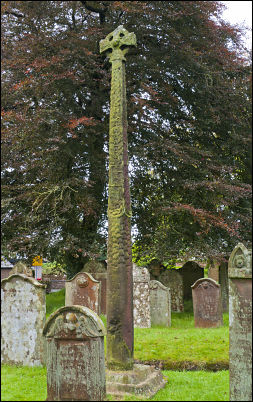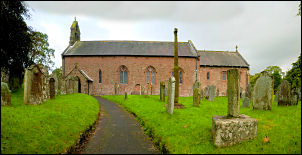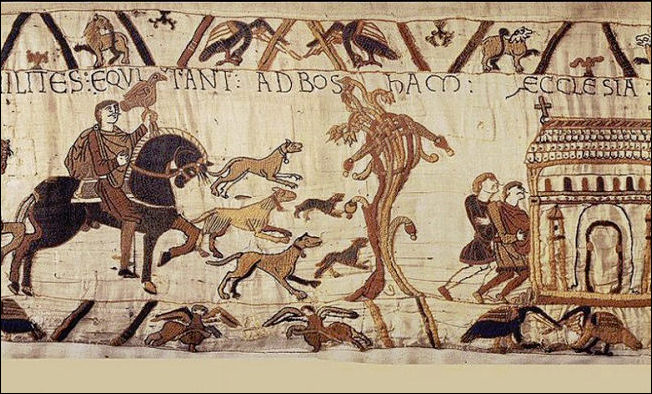|
Tue 09 Apr 2013
John M Virgoe - Pre-Conquest Churches, History and Archaeology |
|
John is no
stranger to our Society having visited us in 2005 when he spoke
about Tide Mills and 2010, speaking about Basil Thomas Eccleston.
His welcome return was to give his presentation about
Pre-Conquest Churches which demonstrated his wide range of
subjects.
There are many post-Conquest churches which are well documented
but the pre-Conquest period (generally called Saxon); say pre
1066 is not as easy to research due to lack of documentation and
low number of churches.
Many churches that say they are ‘Saxon origin’ are rarely pre
12th century. |

John setting up his laptop for the presentation |
|

St Peter's, Heysham
of Saxon origin |

Heysham, St Peter's, Hogback Stone.
It originally marked the grave of a Viking warrior but was
brought into the Church in 1961 to protect it from the weather |
|

Stone graves overlooking Morecambe Bay,
St. Patrick's Chapel, Heysham |

Anglo-Saxon stone St Peter's, Heysham |
|

Anglo-Saxon high cross, Gosforth |

Parish Church of St Mary, Gosforth |
There
is some scant evidence of a Christian Church in the vicinity of
Vindolanda near Hadrian’s wall but there no written evidence.
From 303 to 313 Christians were actively persecuted under
Diocletianic and the Roman Empire. However, after Constantine in
317 (the first Roman emperor to be converted to Christianity)
the faith was legalised.
One of the earliest known Christians was Patrick (born 387 in
Scotland) who was abducted to Ireland, eventually returning to
Scotland.
Churches were generally of wood and would not survive for long
periods.
The founding of Abbeys began and early ones were:
429AD Bardsey,
563AD Iona, Mull,
635AD Lindisfarne, and
657AD Whitby. |
|

Part of the Bayeux tapestry showing Bosham Church |
The
rise in Christianity took a blow when the Vikings raided
Lindisfarne in 738 and the raids intensified in 860 culminating
in the capture of York in 867.
However, during the 9th and 10th centuries the Vikings settled
and became Christians.
Some features of pre-Conquest Churches are narrow windows and no
pulpits.
Probably the best pictorially documented church is that of Holy
Trinity, Bosham, East Sussex. It is mentioned by name in the
Bayeux Tapestry, referring to the 1064 meeting of Harold and
Edward the Confessor on the way to meet William of Normandy. It
is also reputed to be the burial place of King Canute's
daughter.
John described a fascinating and little know period of out
religious history from the Romans to the Saxon/Norman overlap of
Churches (1050 – 1125.)
A period which has many questions remaining to be answered.
B.H. |